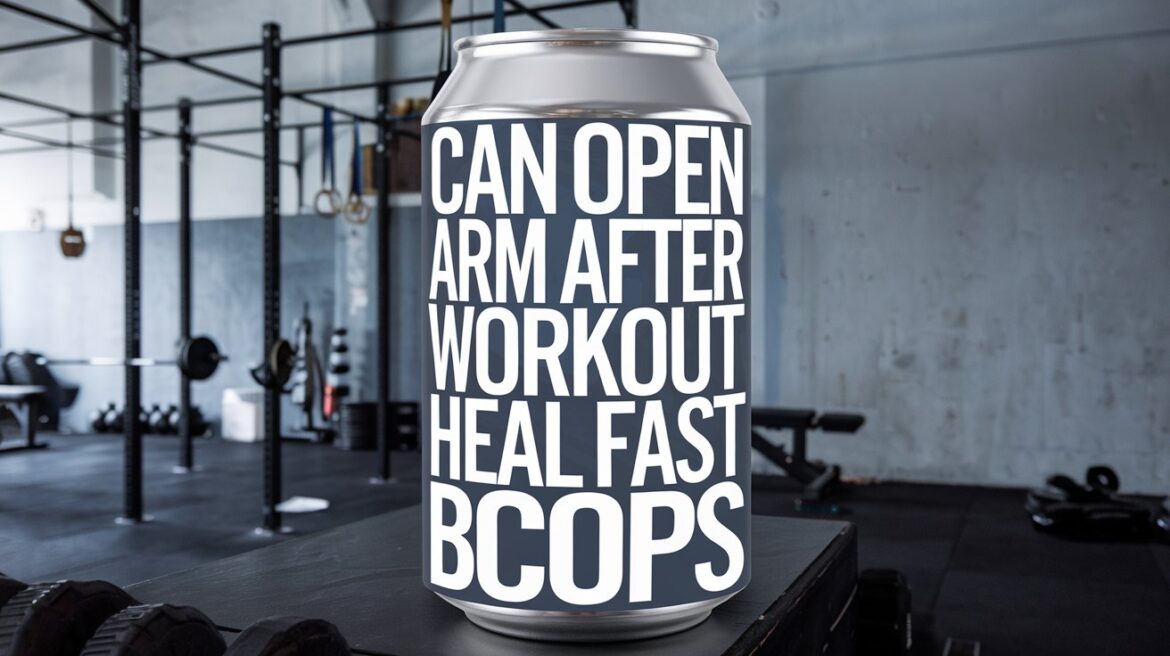Can you bend and straighten your arm after working out?
Most people experience that it is not easy to open and close their arms after an intense workout due to sore biceps. This common experience, usually from lifting weights, can make simple movements challenging and uncomfortable. Rest assured, with the right recovery techniques, you can get your biceps feeling strong and flexible again in no time. Here’s a look at why this happens and what you can do to speed up healing.
Why You May Have Trouble Stretching and Bending Your Arm After the Workout
Delayed Onset Muscle Soreness (DOMS)
With each attempt to overextend your muscles, the muscle fibers sustain micro-tears. Do not panic over this but rather view it as the start of the process of building your muscles. However, this is usually associated with delayed onset muscle soreness, or DOMS, that may leave your arms feeling stiff the day or two after. It only means that while your muscles adapt, these little tears should wait and take proper care to be healed.
These small tears increase blood flow to try to inflame them.
When you really pound those weights, the body’s healing process starts. It increases the blood flow towards those sore muscles and gives them all the necessary nutrients. It also brings about a slight inflammation. Inflammation will cause your muscles to be tight, and moving your arms around may be restricted; however, this is the body’s way of repairing.
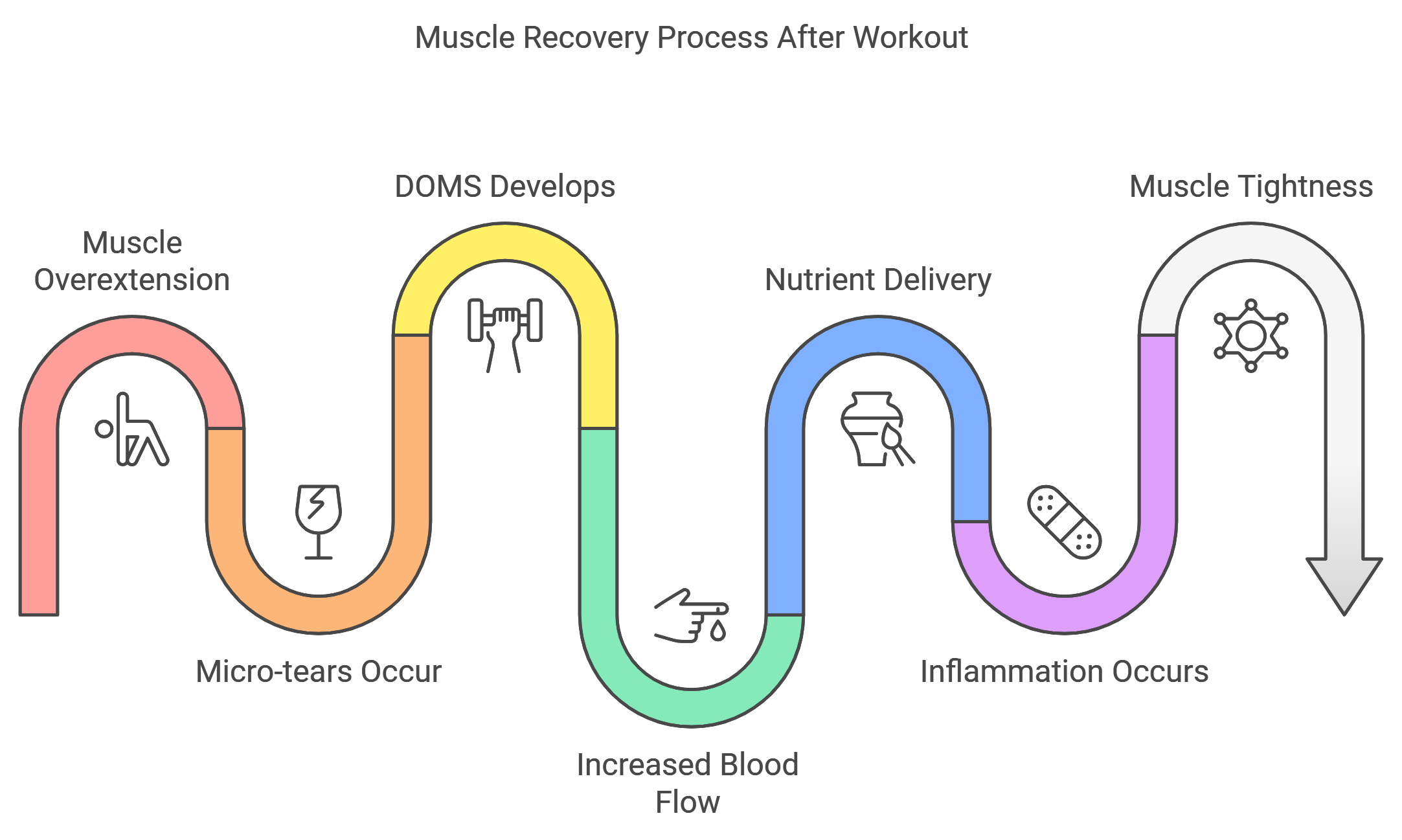
Cellular Damage and Muscle Fatigue
Severe bicep workouts, especially those involving heavy weights or repetitive movement, put intense stress on the muscles. Repeated contractions create cellular damage, which causes both soreness and temporary inability to fully stretch or contract your arms. Even the most experienced lifters may experience this, as it is just one way that the body builds muscle resilience.
Extended Bicep Soreness Common Causes
Over Lifting When Lifting
Soreness caused by doing more than your usual strength in lifting. When you overdo, your muscles need more time to recover; hence, soreness remains for a longer period.
New or Eccentric Exercise
New exercise or an eccentric movement which is characterized by the slow lowering action can cause biceps much pain as they are not prepared to handle this stress.
Heavy Lifting and Repeated Movements
High resistance movements repeated can lead to higher levels of muscle fatigue. The method does very well creating strength but generally, there is a longer recovery for the biceps.
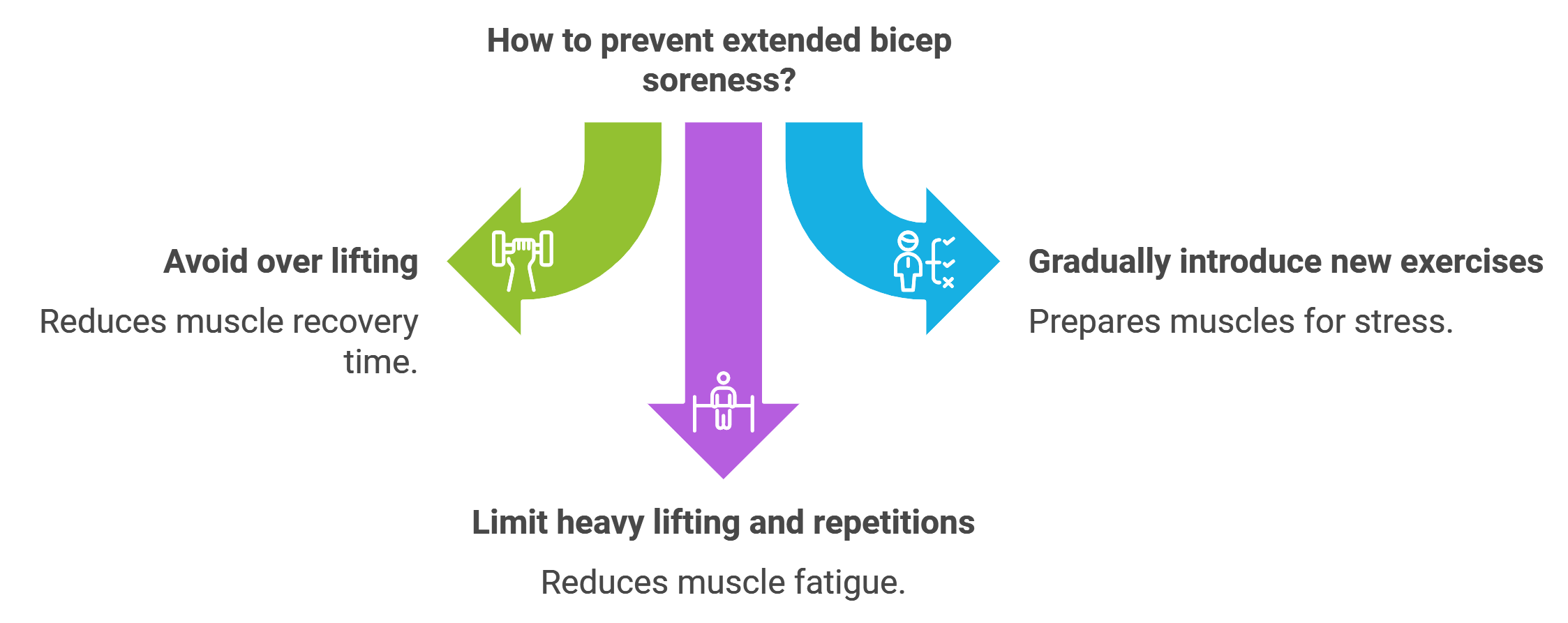
How to Speed Bicep Recovery Following Workouts
Recovery from an intense workout is not bedridden. It is all about taking proactive measures that facilitate your body to heal quicker and move comfortably.
Rest and Active Recovery
Allow your biceps time to recover by balancing rest with low-intensity activities, such as walking or stretching. Light movement encourages blood flow, which supports the muscle recovery process.
Cold and Heat Therapy
In the first 24-48 hours, use ice to reduce inflammation. Then shift to heat to encourage the blood flow and relax muscles.
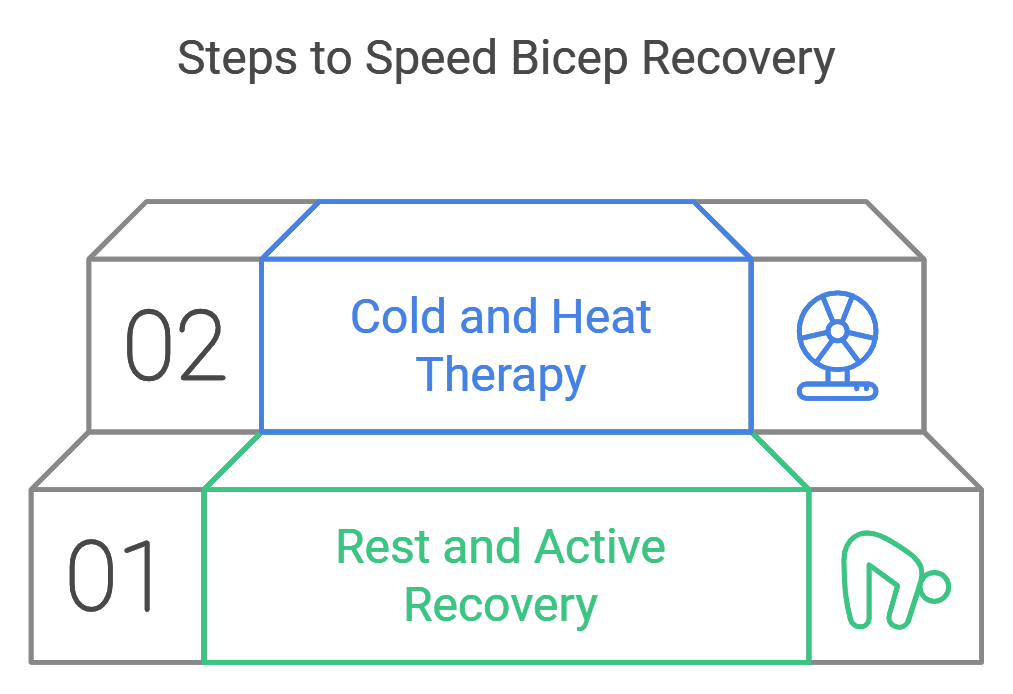
Hydration and Nutrition Tip to Aid Muscle Recovery
Drink a lot of water and take plenty of proteins, magnesium, and antioxidant-rich foods. Proteins repair muscle fibers; magnesium relaxes the muscles. And antioxidants repair oxidative stress on cells.
Quick Ways to Relieve the Bicep Pain
Making movement every day helps considerably with the recovery of a bicep. Now here are a few active things you can do for them.
Stretching Techniques
Mild stretching techniques like doorway bicep stretches or arm extensions help you slowly stretch your muscles and reduce stiffness.
Low-intensity mobility exercises
Shoulder rolls, arm circles, and wrist flexor stretches help to relax the arms without exerting undue strain on the biceps.
Massage and Foam Rolling
Self-massage or foam rolling helps in tension release, breaks down knots, and promotes blood circulation around the painful area for a quicker recovery.
When to Seek Medical Help
Sometimes soreness goes beyond post-workout soreness. If you feel a pain that is too severe or persists for more than one week, it may point to a more serious kind of injury.
Signs of Severe Muscle Injury
If your arm swells, reddens, or feels hot to touch, it could be one of the conditions that have to be treated by seeing a doctor, such as rhabdomyolysis, a rare but very serious muscle injury.
Persistent Pain or Swelling
If your soreness does not improve with rest and gentle care, or if you find some areas of bruising, it is worth seeing a health provider to rule out tendon or muscle strain.
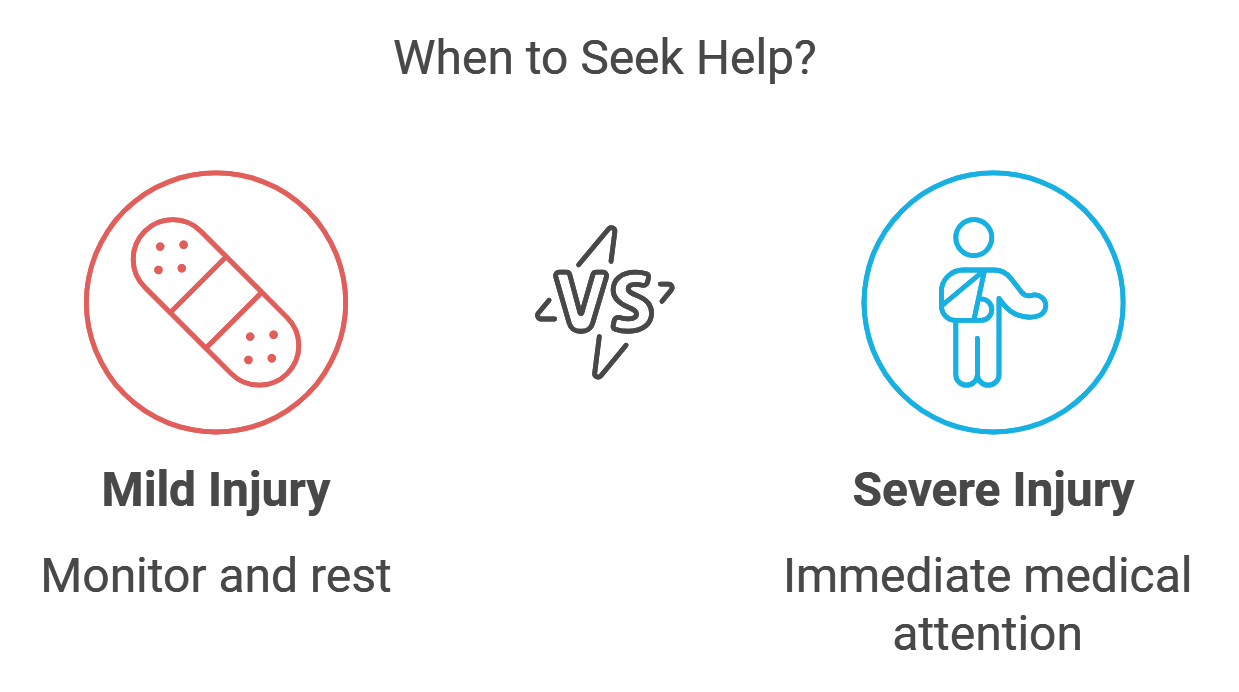
FAQs
Why can’t I fully extend my arm after a bicep workout?
“Tightness and micro-tears from intense bicep exercises make full extension challenging, but gentle stretching and time can restore flexibility.
How long does bicep pain usually last after working out?
Bicep soreness usually peaks within 24-48 hours and can last up to five days, depending on the intensity of the workout and individual recovery rate.
Do specific foods or supplements aid in bicep recovery?
High protein foods like chicken, fish, and plant-based proteins, as well as supplements like BCAAs and magnesium, can aid in muscle recovery.
Does stretching before workouts reduce post-workout soreness?
While stretching prior to exercise will not eradicate soreness, proper warm-up can prevent overstretching and condition muscles in advance.
What is the distinction between ordinary soreness and an injury?
Normal soreness goes away within days. Pain from an injury intensifies over time, generally after inflammation, stinging pain, or bruising.
Conclusion
One can care for sore biceps right without an elaborate routine or a lot of intensive exercises. Just pay attention to your body, and give it the basic recovery mechanisms as well as sufficient time to mend. After all, right care for the biceps will make it easy to return to the workout at any given time.

